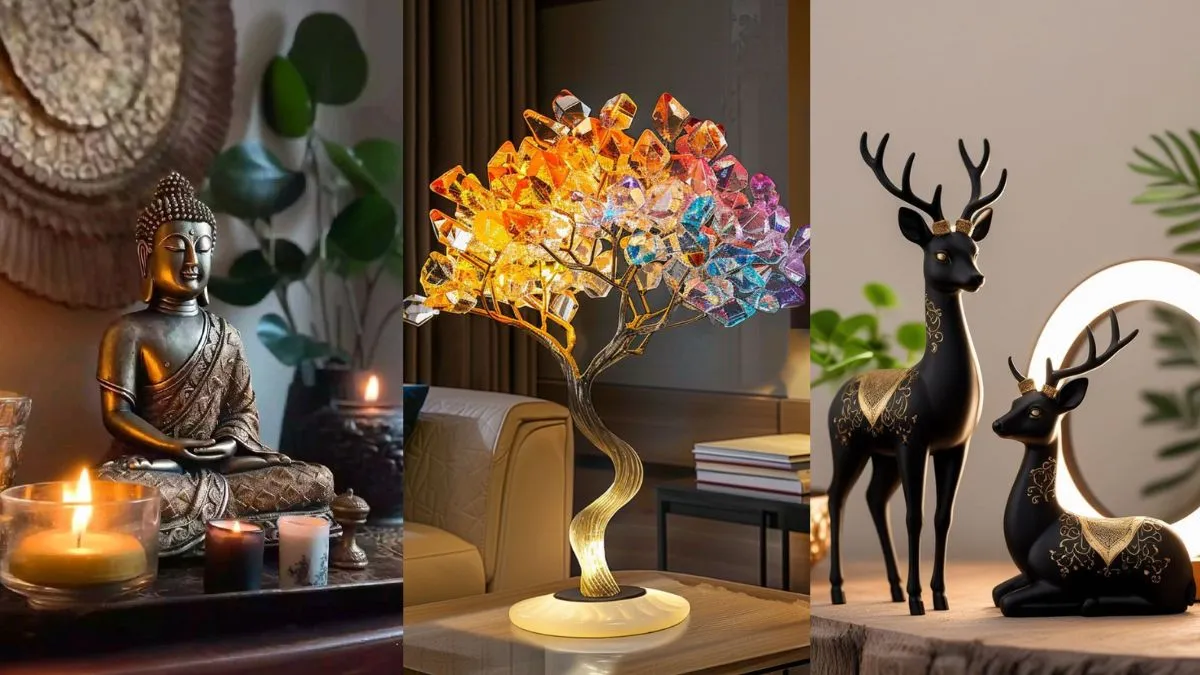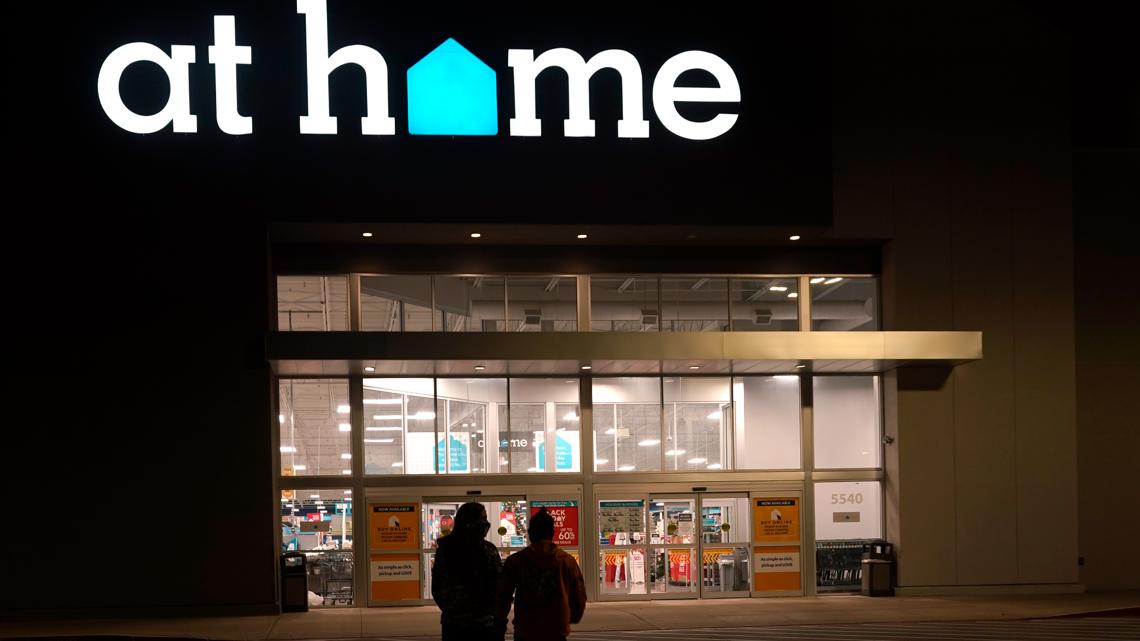Brie Williams | Prop Styling: Frances Bailey
If you feel like you’re seeing chainmail, stone walls, and rich jewel tones while scrolling your Pinterest feed and searching for outfit and home inspo, you’re not imagining it. According to Pinterest’s 2025 trend report, trends are going way, way back in time this year.
“Medieval is having a major moment,” it reads. “In 2025, Gen Z and Millennials will take home decor inspiration from ancient castles, while fashion and accessories will be gothic inspired. It’s a comeback of the highest order.”
The Middle Ages are defined as the period between the years 500 and 1500 in Europe. They’re also sometimes referred to as the Dark Ages, as they were a time of political instability after the fall of the powerful Roman Empire. When you think of this era, you likely picture sprawling castles, jousting knights, and the rise of the Catholic Church.
While times have changed, these iconic images persist in popular culture from shows like Game of Thrones to The Traitors and an array of historical fiction novels. You may not be able to live in a castle, but there are still ways to try this trend. Here’s what a historical design expert says about bringing castlecore into your home and lifestyle (minus the dueling).
Related: 7 Decorating Trends Pinterest Says Will Be Huge in 2025
Meet Our Expert
Kat Anderson is a professional seamstress and textile artist, fashion historian, and medieval style specialist. She is also the founder of the blog Cat and Compass.
The Rise of Castlecore
Castlecore embraces all things medieval—but it doesn’t take itself too seriously. This aesthetic isn’t an authentic replication of the time period but more of a reimagining. Instead of looking toward literal castles, you can find inspiration that feels protective and warm; and while you don’t need to wear all linen garments, you can add natural fibers to harken back to simpler times before the modern world intruded.
“The Middle Ages in Europe occupies a unique place in our imagination,” Anderson explains. “Tales of knights and princesses combine with wild adventures and idealized virtues. Before the Renaissance and the Enlightenment, the Middle Ages were a time of ‘darkness’ and insecurity. It’s also a time and place where many of the monsters—and heroes—of popular culture began. It’s no surprise, then, that we turn to medieval aesthetics at a time that many find themselves in uncertainty.”
There’s also an element of Gothic-inspired design in Castlecore, which gained popularity in the 1990s. Adults who found solace in this vintage counterculture during their youth may gravitate toward it again (in a slightly more sophisticated way) for their interior design.


How to Channel Castlecore in Your Home
According to Anderson, you don’t need stone walls and a moat to embrace this aesthetic. Here are six easy ways you can use decor and design to transform your humble abode into a modern castle.
1. Play Up Your Fireplace
For those fortunate enough to have a fireplace, don’t let it go to waste: It’s the perfect focal point for a medieval-inspired room. As Anderson says, the hearth of the house was the hub for life in the Middle Ages. Consider painting the wall around your fireplace with a bright accent color or creating an inviting seating area around it. Decorate the mantel with antique accents, a gilded mirror, and a couple vases.
Related: The 4 Best Electric Fireplaces, Tested by BHG
2. Create a Warm Glow with Candles
According to Anderson, candles were the only “artificial” light source during the Middle Ages—so if you don’t have a fireplace, they’re the next best thing. You can design a prominent feature that mimics the warm ambiance of a fire with different styles of candles (and allows you to get rid of the big light). Gather a collection of pillars and tapers for a vintage look, and place a few candles around your bath for an authentic medieval experience.
3. Experiment with Color
Though many think of the Middle Ages as drab and gray, that’s a myth: “It wasn’t all brown!” Anderson says. “Natural dyes actually created a wide range of available colors.” Use rich jewel tones, like emerald, sapphire, and amethyst, to recreate the look of these dyes in your home and bring in a feeling of depth.
Related: How to Make Natural Fabric Dyes
4. Use Natural Fibers
No synthetics were available in the Middle Ages, so look to natural fabrics like linen for tablecloths and napkins, wool blankets, and silk or cotton drapes. These materials not only look lovely, they’re also durable and timeless—so they won’t go out of style (after all, they’ve already been around for thousands of years).


5. Go Dark
Don’t be afraid to add bits of gothic drama to bring a moody, mysterious sense to your home. Consider black accents, dark metals like pewter, and subtle skull or raven motifs. When used judiciously, these touches are sophisticated and intriguing.
Related: Add Instant Drama to Your Home with the Western Gothic Aesthetic
6. Incorporate Natural Scents
Just as there were no synthetic fabrics during the Middle Ages, there were no artificial perfumes either. To bring in a natural scent, try adding lavender and sage plants to make your home smell fresh and sweet. If you don’t want to use actual herbs, you can find essential oils featuring these same notes.
Read the original article on Better Homes & Gardens










